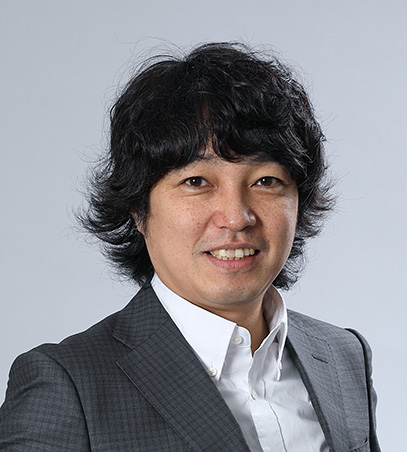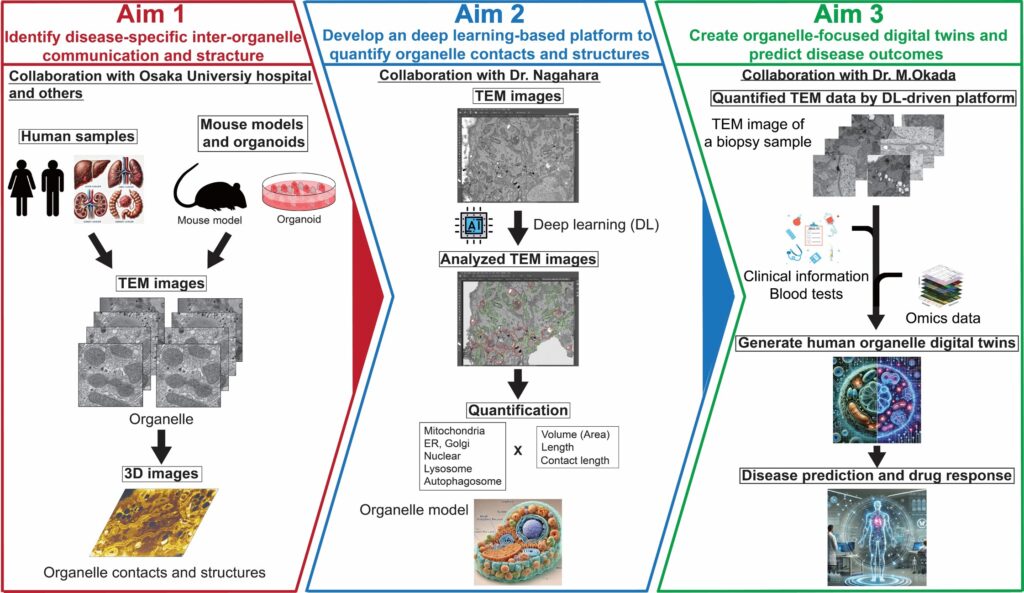MORITA Masahiro
Specially Appointed Professor
PRIMe, The University of Osaka/Associate Professor with Tenure (PI), University of Texas
Our researchers
PRIMe researchers from diverse fields of study, nationalities, and backgrounds come together and collaborate “under-one-roof” to conduct interdisciplinary and integrative research.

MORITA Masahiro
Specially Appointed Professor
PRIMe, The University of Osaka/Associate Professor with Tenure (PI), University of Texas
Elucidating Disease-Specific Organelle Dynamics and Structural Changes: Toward Organelle-Based Diagnosis for Disease Prediction, Early Detection, and Personalized Medicine
Organelles function as distinct compartments, yet their physical contacts, especially between mitochondria and the endoplasmic reticulum (ER), are essential for maintaining cellular homeostasis. During disease onset and progression, alterations in organelle structures and contacts are frequently observed; however, their dynamic changes and physiological roles remain poorly understood.
Our research investigates the molecular mechanisms that regulate organelle morphology and inter-organelle communication in age-related diseases such as cancer and metabolic syndrome. We aim to establish how changes in organelle dynamics contribute to disruptions in energy balance and protein homeostasis, and how these changes correlate with disease development and drug responsiveness. Our ultimate goal is to demonstrate that organelle structures and contacts can serve as diagnostic and predictive biomarkers.
Under the WPI-PRIMe program, our group collaborates with clinitians, organoid teams, and computational modeling groups to translate these discoveries into human systems. In Aim 1, we identify disease-specific inter-organelle contacts and structural changes in human tissue samples, mouse models, and patient-derived organoids using state-of-the-art electron microscopy. In Aim 2, we quantify these features using advanced image analysis and deep learning (DL) algorithms to define organelle-specific markers that distinguish healthy and diseased states. In Aim 3, we integrate these organelle metrics with multi-omics data to build “Organelle-Focused Human Digital Twins”—computational models that simulate organelle dynamics over time, allowing us to predict disease progression and drug responses based on organelle signatures.
This interdisciplinary approach not only advances our understanding of organelle biology in disease but also lays the groundwork for organelle-based precision diagnostics and therapeutics.
Research Outline

References